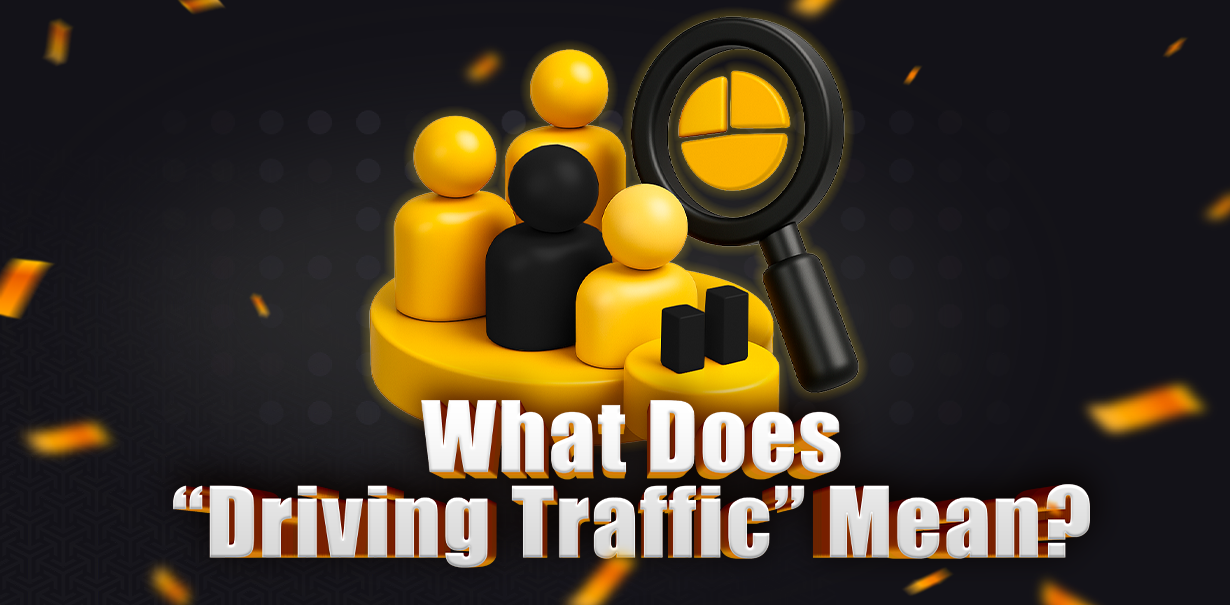What Does “Driving Traffic” Mean?

What it usually involves:
– Launching ads: banners, push notifications, PPC, teasers, etc.
– Setting up tracking, redirects, pre-landers
– Scaling the budget and reach (e.g. from $100 to $1000 per day)
– Managing traffic sources: Facebook, TikTok, Google, push networks, and more
Example:
“I’m driving traffic to a free spins offer via a push network in Tier-2 GEOs” means the person is running push ads targeting mid-tier countries to promote an offer with free spins.
Things to keep in mind:
Traffic can be driven in a white-hat way (compliant, clean creatives), or gray/black-hat (aggressive, trickier methods). It depends on the approach.
Common phrases in the industry:
– “Pushed $300 in traffic, got 5 FTDs”
– “Burned the budget, time to change creatives”
What Does “Not Converting” Mean?
“Not converting” is a common phrase in affiliate marketing and traffic arbitrage. It means your traffic isn’t generating any conversions — no sign-ups, no FTDs (first-time deposits), no purchases. Just views and clicks, but no actions that bring money.
What it looks like in practice:
You’re running ads and spending money, but:
– no one registers
– no one deposits
– no one buys or fills out a form
Bottom line: you’re losing money because the campaign isn’t paying off.
Why it might not convert:
– Targeting the wrong audience (wrong GEO, interests, age)
– Weak or irrelevant creatives
– Bad landing or pre-landing page
– The offer is too complicated or just not appealing
– No proper testing or data analysis
– Low-quality traffic (e.g. incentivized or bot traffic)
Example in conversation:
— How’s that offer doing?
— Terrible, not converting at all. Burned $150 — not a single sign-up.



